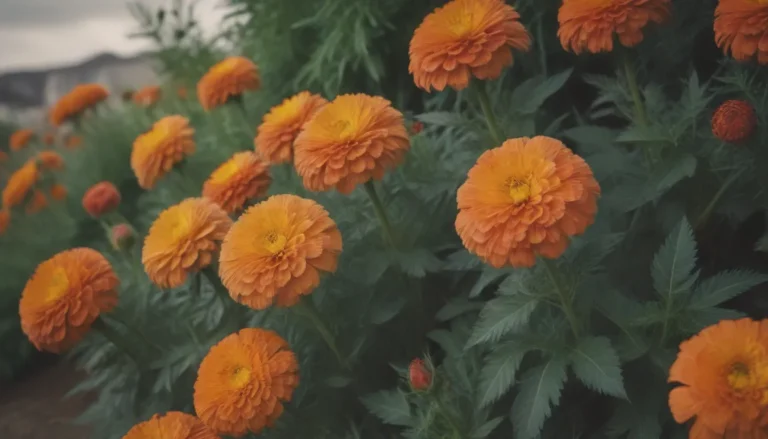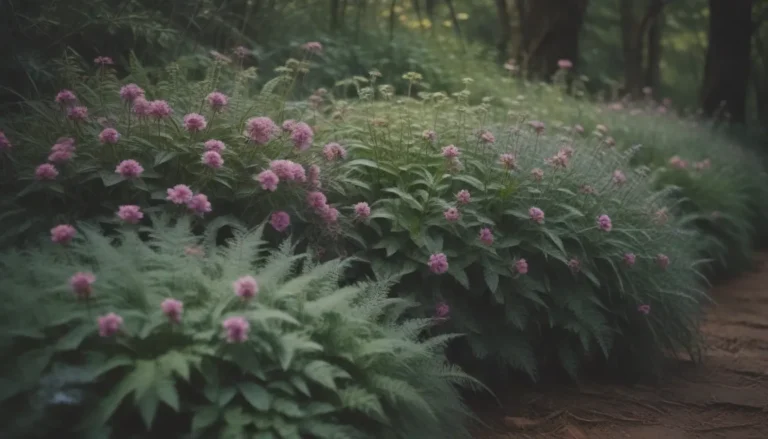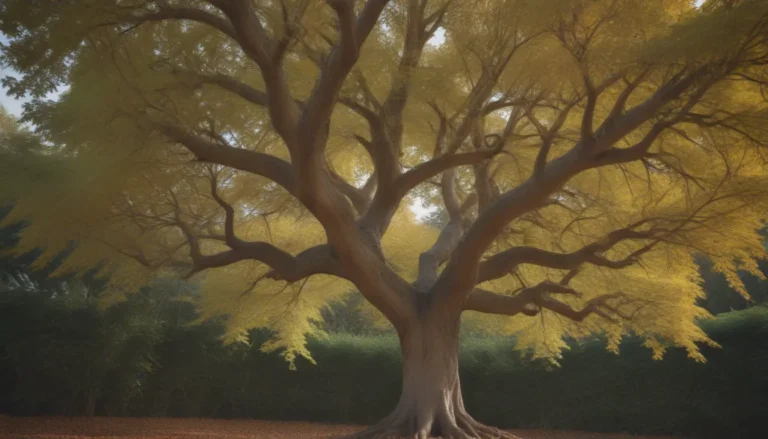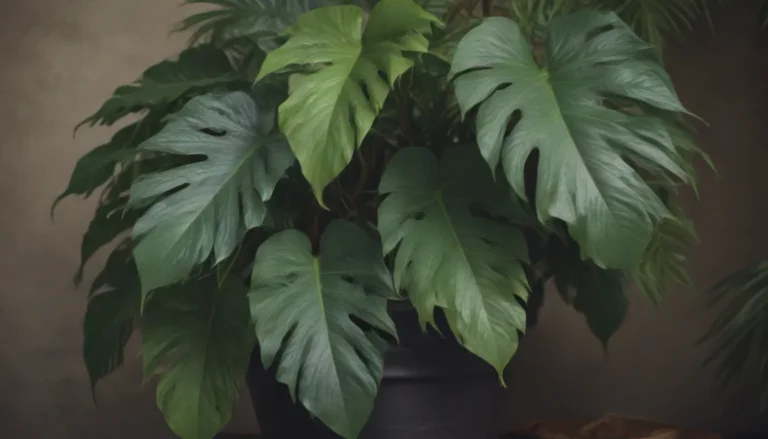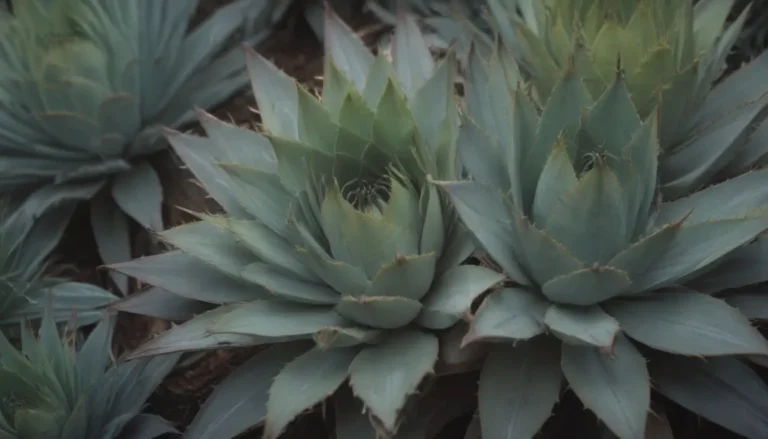Comprehensive Guide on How to Grow and Care for Blue Ash Trees
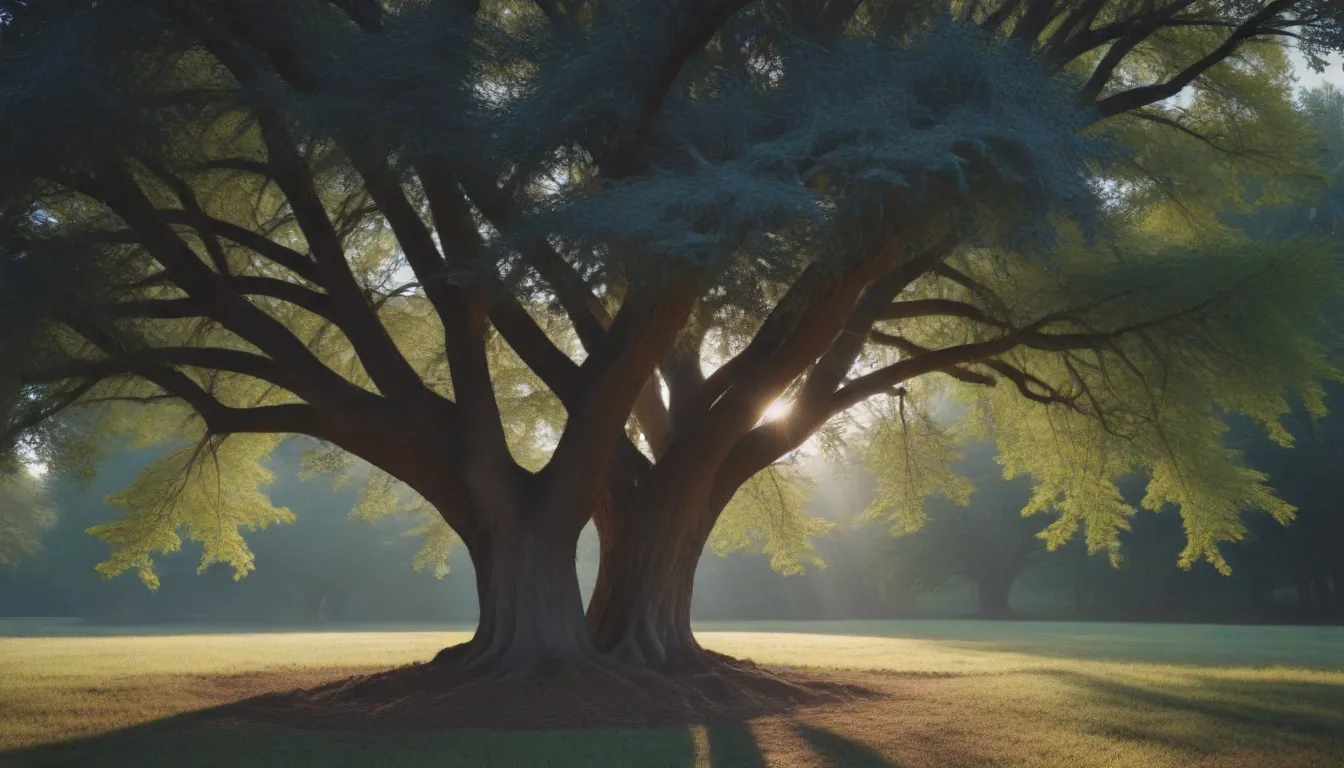
Introduction:
If you are a resident of the Midwest, chances are you have come across the blue ash tree thriving in its natural habitat. The blue ash, scientifically known as Fraxinus quadrangulata, is a medium-sized tree with distinct squarish twigs that make it stand out. However, this beautiful tree is now classified as endangered due to the devastating emerald ash borer (EAB) infestation affecting all ash trees in North America.
Blue Ash Species:
– Blue ash trees can grow up to 50 to 75 feet tall, making them ideal shade trees.
– The species is known for its resilience in alkaline soils where other deciduous trees struggle.
– Blue ash has a slower growth rate compared to other ash species, averaging 8 to 12 inches per year.
– They are typically planted in the fall or spring as nursery plants.
Blue Ash Care:
When it comes to caring for blue ash trees, proper maintenance is essential to ensure their health and longevity. Some key care tips include:
– Light: Blue ash trees thrive in full sun, so ensure they are planted in an area with adequate sunlight.
– Soil: These trees prefer moist, well-draining, slightly sandy loam soil. They are tolerant of various soil pH levels.
– Water: Young trees require frequent watering (1 to 2 inches per week), while mature trees can generally sustain themselves without additional watering.
– Temperature and Humidity: Blue ash trees are hardy in zones 4 to 7 and can withstand high temperatures and humidity levels.
– Fertilizer: Blue ash trees usually do not require fertilizer due to their extensive root system.
Types of Blue Ash:
– Blue ash is commonly sold as the original species, Fraxinus quadrangulata, but there is a faster-growing cultivar called ‘True Blue’, ideal for alkaline soils.
Pruning:
– Pruning is recommended two to three years after planting to establish a central leader and remove dead or damaged branches.
– Prune during the winter when the tree is dormant using sanitized tools.
Propagation:
– Blue ash trees are challenging to propagate from cuttings, so they are usually grown from seeds.
– Seeds need to undergo a stratification process before planting to ensure successful germination.
Common Pests and Plant Diseases:
– Blue ash trees are susceptible to the emerald ash borer, ash yellows, lilac borer, and anthracnose.
– Regular inspection and preventive treatments are crucial to protect against these pests and diseases.
Blossoming Blue Ash Trees:
– Mature blue ash trees produce tiny purple flowers in the spring alongside new leaves. Flowering is not essential for the tree’s health.
Common Problems and Solutions:
– Blue ash trees are prone to wind damage due to their brittle wood, especially in older trees.
– Regular pruning and removal of broken limbs can help maintain tree health and reduce pest infiltration.
– Seed clusters can create a mess in the autumn, so avoid planting near patios or driveways.
Conclusion:
While blue ash trees are facing challenges due to the emerald ash borer infestation, proper care and preventive measures can help preserve these magnificent trees. By following the guidelines outlined in this comprehensive guide, you can ensure the health and vitality of your blue ash tree for years to come. Remember, a well-maintained blue ash tree can be a valuable addition to your landscape, providing shade and beauty for generations to enjoy.
